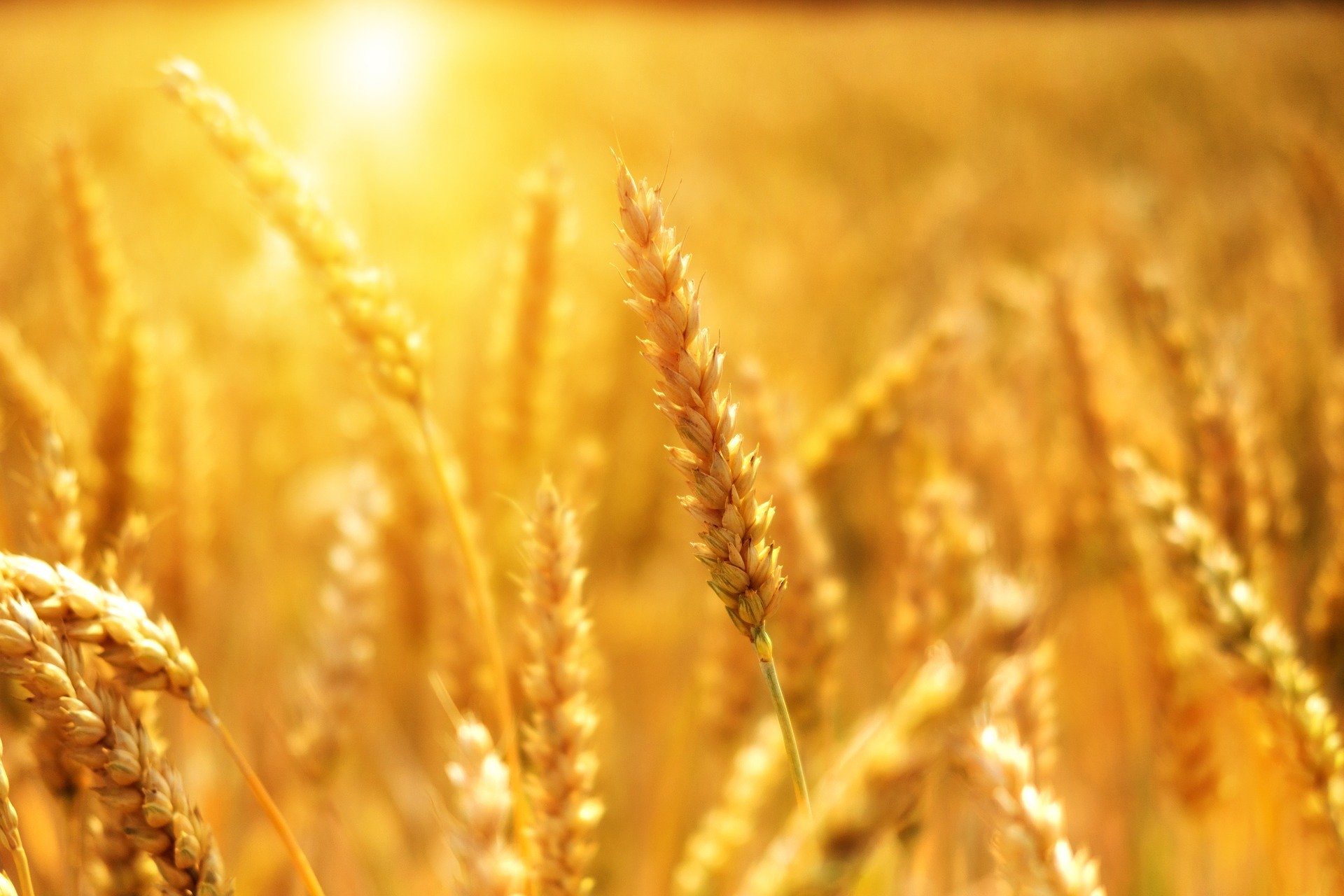Grains Used In Whiskey
Practically any grain can be fermented into alcohol, but barley, corn, rye, and wheat are the main players for whiskey, comprising the majority of the grains also refused used.
Anatomy Of Grains
Seed Make Up
- Sead coat-encloses the grain,
- Endosperm starches needed for fermentation
- Germ or embryo germinates during malting thinking it is going to grow as a plant
- Scutellum-nutrient absorbing chamber housing the germ
All cereal grains are seeds, with a hard outer skin. When producing alcohol you to penetrate this shell to reach the endosperm, which is full of starchy carbohydrates that are first converted to sugar as we explained previously, and then by yeast to alcohol.
The process of converting grains into alcohol was developed across millennia, the result being an enormous variety of beers, ales, and spirits—of which whiskey, for many, is the pinnacle.
It is accepted that the craft of turning malted barley into whiskey was perfected in either Ireland or Scotland. Ireland surprisingly was the more popular whiskey before prohibition in the U.S.A. Scotland known to all as scotch today being the benchmark of all whiskeys.
Barley
Barley the backbone of most whiskeys.
This is due for multiple reasons the first is simply barley grows well in Scotland and Scotland is the biggest producer of whiskeys.
It also has high levels of starch and critically enzymes that facilitate the fermentation process and that is why it is the second grain in all other whiskies.
Malted Barley
This is the “malt” element of malt whiskeys. Barley is steeped in water, the old way is by spreading out and left to germinate on a malting floor.
Today except on rare occasions such as at Balvenie it is mass produced in a malting drum.
This breaks down the grain’s cell walls, allowing enzymes to access starches.
Unmalted Barley
Also known as green barley has not been germinated, so has lower sugar levels. It is used for all single pot still whiskeys to produce lighter flavors.
Corn Or Maize
It is the world’s most widely produced crop. Corn is the main ingredient in many US whiskeys and a must for Bourbon.
Unlike barley, it has no enzymes, so the kernels are heated at high temperatures to break them down and be fermentable.
Rye
This grass crop is closely related to wheat and barley.
Rye whiskeys hails mainly from North America, but is growing in popularity globally. Rye grows fast, and matures more quickly than barley. It is hardy and needs little weeding.
Wheat
A worldwide staple, wheat belongs to the genus Triticum.
In Canada, immigrant millers used grain left over from bread baking to make whisky. Wheat is increasingly popular with US craft producers. Its low-key, light character is perfect for blending.
The Rise Of Craft Grain
Some makers are turning to less mainstream grains or a variation of of a common grain such as red corn.
Obviously this creates a different flavor profiles and a distinctive whiskey.
Interestingly every few years barley is changed for a more efficient barley this led Maccallin to create the golden harvest edition. Golden Harvest being the barley used for many years before being replaced by a newer grain.
Oats
Once common in Irish whiskeys, oats are low in starch. The grains can stick together in the still, but for some producers the creamy texture and nutty aroma make oats worth the effort.
Another benefit to oats is that oats are considered gluten free expanding your market.
Sorghum
Sorghum is becoming popular with makers, particularly in the US where craft distillers are trying just about anything that can ferment.
It is praised for its easy-drinking qualities. An added bonus is that distillers can purchase syrup cutting down on a lot of the processing time.
Millet
Millet is gaining popularity as a component of craft Bourbons, and at least one US distillery produces a 100 percent millet whiskey. It is hardy and can grow in dryer area’s being that it needs little water to thrive.
Rice
Found in new whiskeys from Japan and the US rice’s light subtle taste is popular with younger drinkers and the more adventures. It is not commonly aged.
Rice whiskey is derived from the Japanese spirit shochu.
For More Articles
You Like Our Articles So Try Our Vodka
Great Recipes for You to Check Out!
- Strawberry Basil Kombucha
- Pumpkin Liqueur Recipe D.I.Y.
- Jackfruit Liqueur Recipe D.I.Y.
- Cucumber Gin Liqueur Recipe
- Carrot Liqueur Recipe D.I.Y.
- Wall Germander Liqueur Recipe
- Plum Liqueur Recipe D.I.Y.
- Sour Apple Cinnamon Liqueur recipe D.I.Y.
- Plum Liqueur Recipe D.I.Y.
- Sour Apple Cinnamon Liqueur recipe D.I.Y.
To spirits and cheers,
Binyomin Terebelo, Master Distiller and Drinkologist
Image by Bruno /Germany from Pixabay

I love hearing from you about why you love something I wrote or published or a recipe I don’t know. I am Master Distiller at Terebelo Distillery, Love all things alcohol. Freelance for Grogmag and blog recipes for buildthebottle.com Weekend Rabbi too.


Customer Reviews
Thanks for submitting your comment!